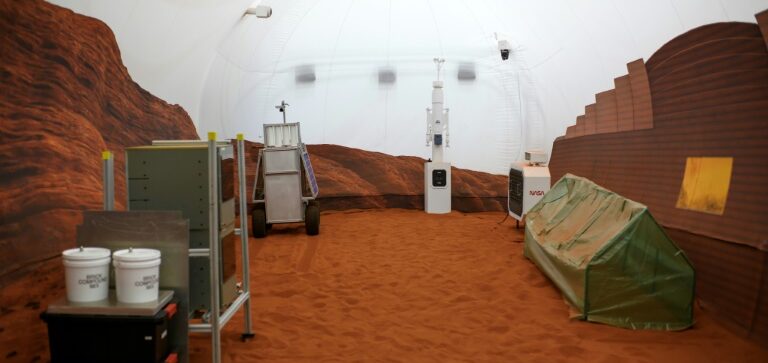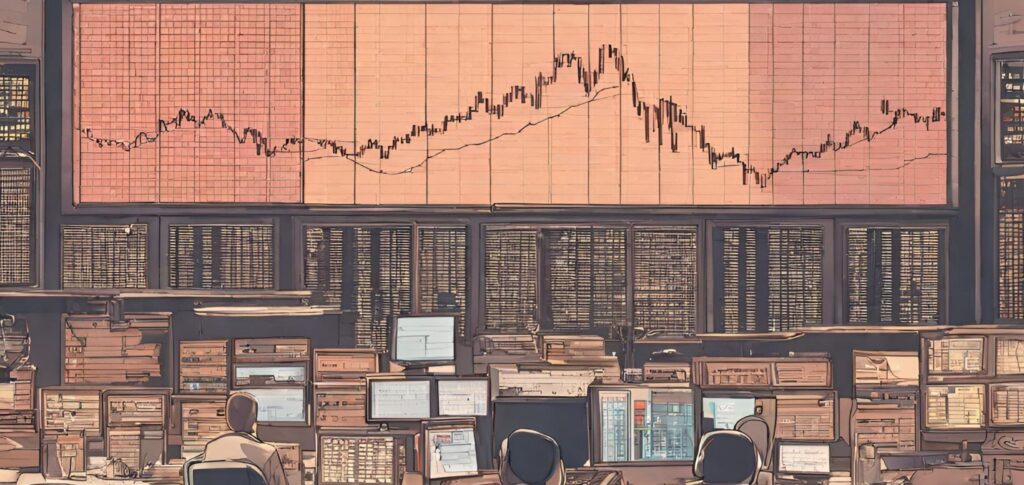The habitat, called Mars Dune Alpha, was revealed on Tuesday (11) and is located in the research facilities of NASA Johnson Space Center in Houston, Texas. Those residing there will help prepare a future mission to red planet.
ADVERTISING
By measuring their performance and cognitive abilities, NASA will better understand the “resources” that must be provided during this ambitious journey, explains Grace Douglas, principal investigator of the program called CHAPEA, who oversees this experiment.
It's a crucial point, data “the very restrictive weight limits that can be sent on these missions”, she adds.
The 160-square-meter home includes a vertical farm for growing vegetables, a room dedicated to medical procedures, a relaxation area and workstations.
ADVERTISING
There is also a door that leads to a simulation area of the Martian environment. On the red sand floor there is a weather station, a small greenhouse and a treadmill, where volunteers will walk suspended by straps.
“We can’t make them walk in circles for six hours.”, jokes Suzanne Bell, program manager at NASA's Behavioral Health and Performance Laboratory. She explains that this area will replicate the effort and time required for physical activity on Mars.
The names of the volunteers have not yet been released, but they will not be astronauts. They will be under stress regularly, with water restrictions or equipment failures, for example.
ADVERTISING
This house was 3D printed. "This is one of the technologies that NASA is looking at to potentially build habitats on the surface of other planets or on the Moon.”, says Grace Douglas.
The American space agency is preparing a round trip to Mars, but several details are still missing. This trip, which would last several years, could take place “at the end of the 2030“, according to the NASA Administrator Bill Nelson.
(With AFP)
Read also
* The text of this article was partially generated by artificial intelligence tools, state-of-the-art language models that assist in the preparation, review, translation and summarization of texts. Text entries were created by the Curto News and responses from AI tools were used to improve the final content.
It is important to highlight that AI tools are just tools, and the final responsibility for the published content lies with the Curto News. By using these tools responsibly and ethically, our objective is to expand communication possibilities and democratize access to quality information. 🤖
ADVERTISING





